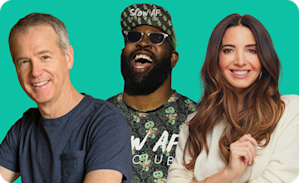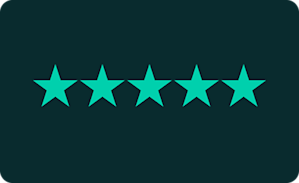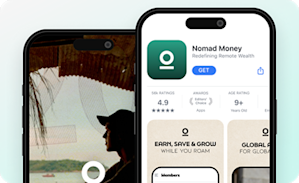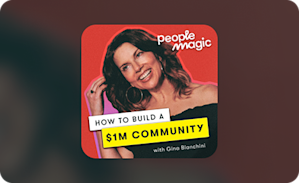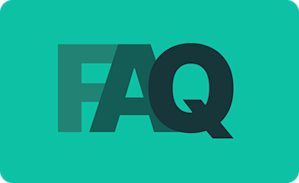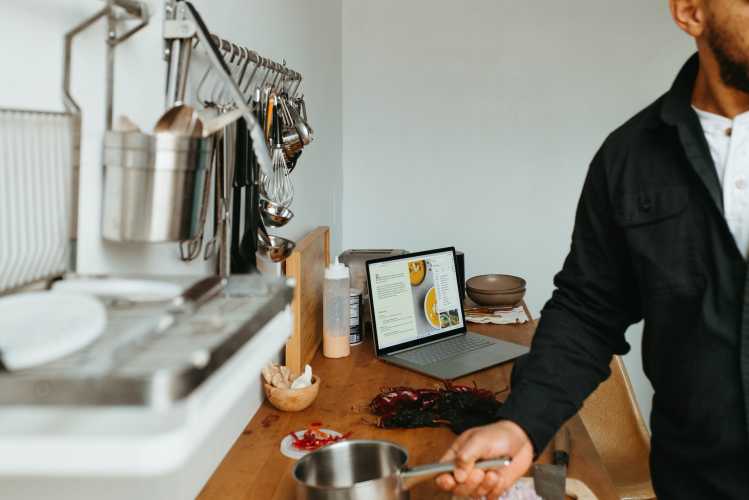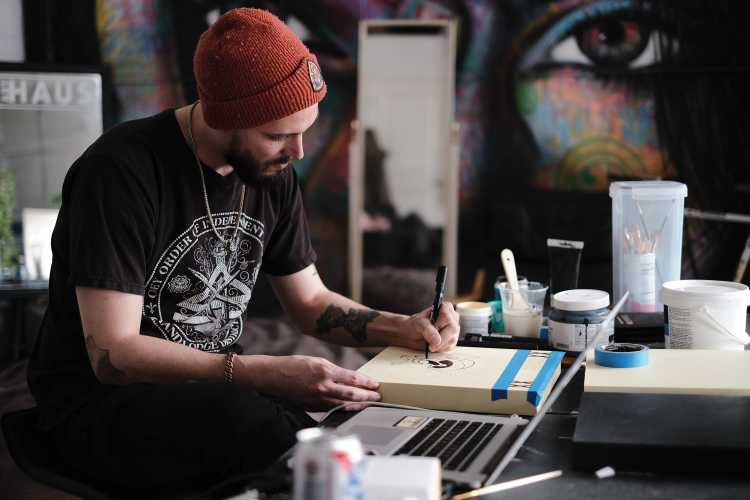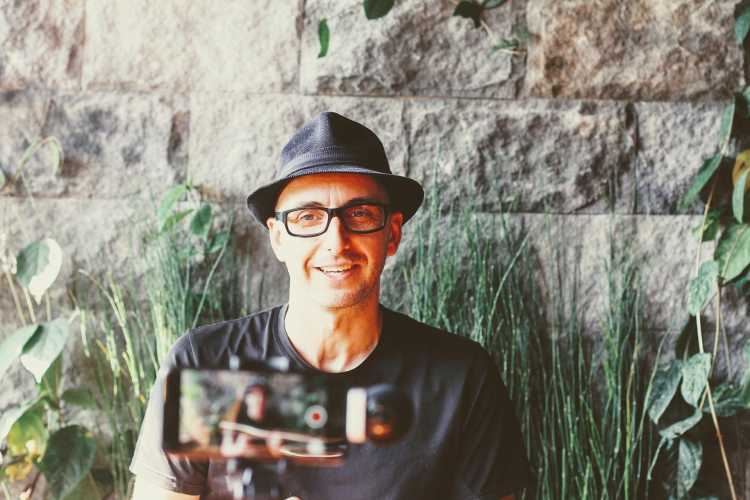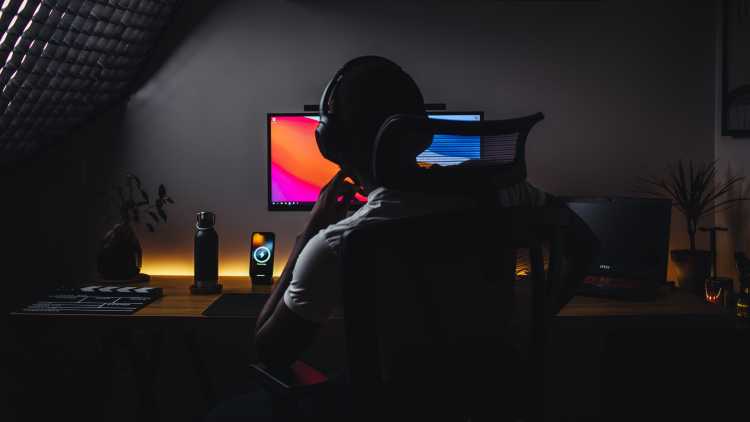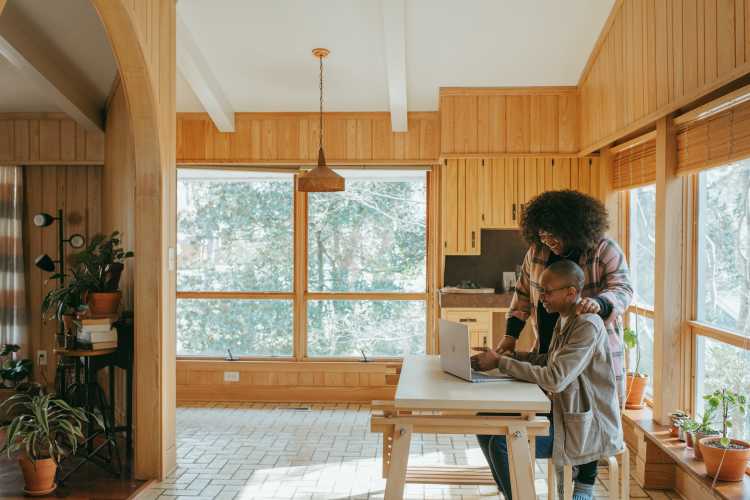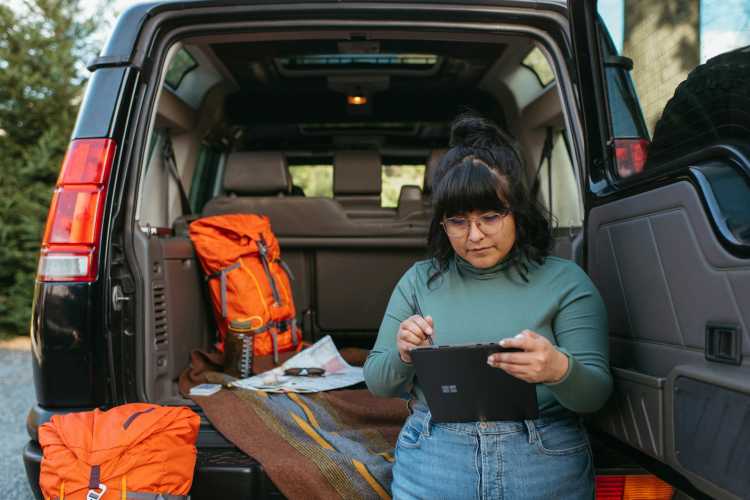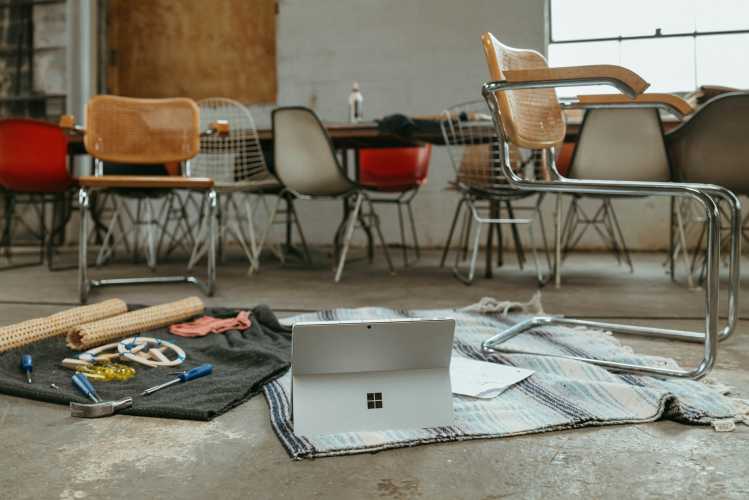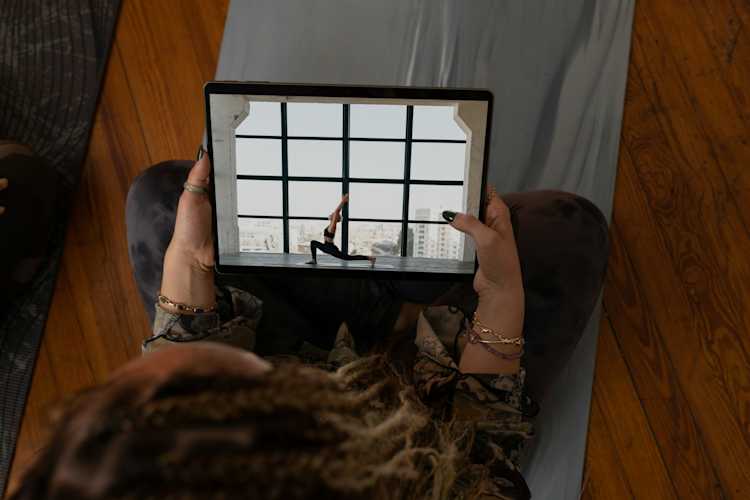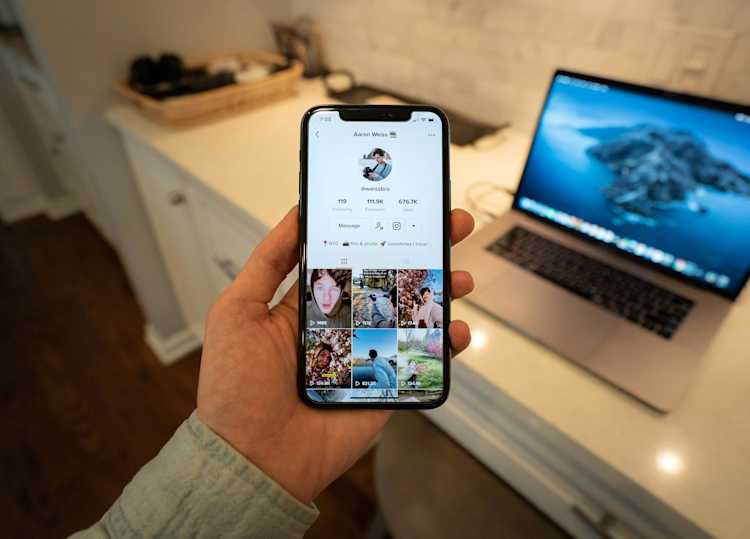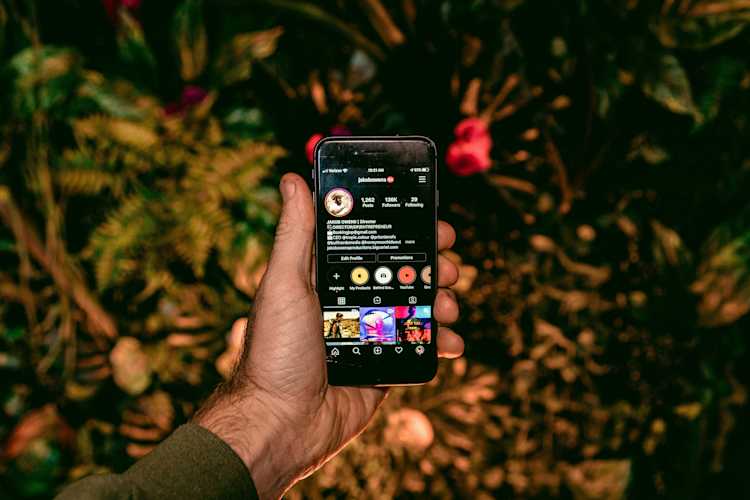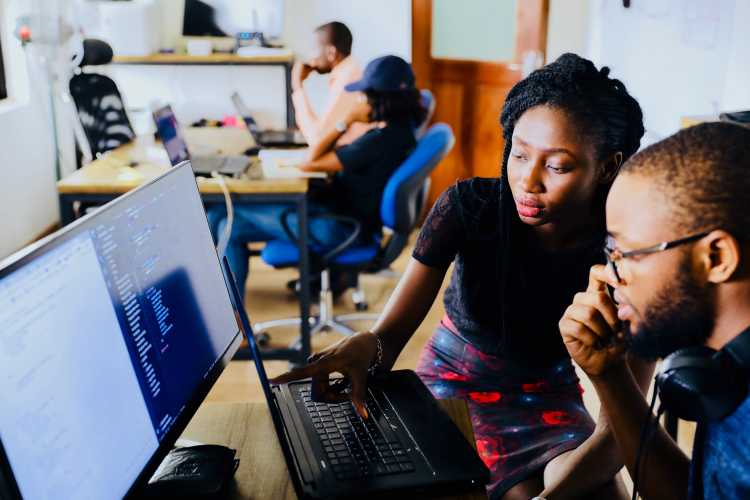Creators & Entrepreneurs
The Ultimate Guide to the Creator Economy
A new generation of creators is changing entrepreneurship. In this article, we'll tell you all you need to know and how you can join them!
Author
Mighty Team
Last Updated
February 6, 2025

Table of Contents
- What is the creator economy?
- The evolution of the creator economy
- What makes the creator economy work?
- Creator economy platforms
- Influencer marketing platforms
- Affiliate marketing platforms
- Direct monetization platforms
- Crowdfunding platforms
- Course and community platforms
- Coaching platforms
- Newsletter platforms
- Webinar and live-training platforms
- Platforms for selling products or merch
- NFT and creator coin platforms
- Traditional social media platforms
- Examples of the creator economy at its best
- 6. How to join the creator economy
- Conclusion
In this article
- What is the creator economy?
- The evolution of the creator economy
- What makes the creator economy work?
- Creator economy platforms
- Influencer marketing platforms
- Affiliate marketing platforms
- Direct monetization platforms
- Crowdfunding platforms
- Course and community platforms
- Coaching platforms
- Newsletter platforms
- Webinar and live-training platforms
- Platforms for selling products or merch
- NFT and creator coin platforms
- Traditional social media platforms
- Examples of the creator economy at its best
- 6. How to join the creator economy
- Conclusion
If you’ve ever downloaded a “how to make money online” ebook or free webinar, you were probably exposed to the old way of thinking about making money online.
“You only need to get 10,000 people to click this link in your content and you can make a full-time living.”
Yeah, monetization on the old internet was a bit like a pyramid scheme. You build the audience and bring the brand customers, and they’d give you a small cut of the action. OR, you create the content that can host banner ads, and they’ll throw a few cents at you.
One blogger reported to us that, for the 35,000 people who visited his blog last month, a well-known affiliate program earned him $2.85.
But this is changing, as new tech democratizes earning and puts more back in the creators’ pockets.
In this post, we’re going to introduce you to a concept you may have heard about lately: the creator economy. We’ll tell you what the creator economy is, why it’s here now, how it works, and–best of all–how you can take advantage of it to earn a living doing what you love!
If you want more support in building your online community, come join OUR Mighty Community for free and meet other new and established community owners! We’d love to meet you. Join for free!
What is the creator economy?
Creator economy definition
The creator economy describes an ecosystem in which creative people leverage their skills on digital mediums to earn income. The attention generated by digital content has value, both for creators and external brands, and has given rise to influencer deals, creator-owned businesses, and new ways of advertising and affiliating products.
“Creators” includes writers, influencers, artists, photographers, videographers, coders, and just about any type of person who makes something and puts it online for the world to see.
Here are some of the most common ways creators make money:

Creator economy statistics
Last year we commissioned the largest study ever done of creators. We've used some of these statistics below mixed with other reputable studies to share some creator economy stats.
There will be over 400 million creators in 2024.
Goldman Sachs estimates the creator economy market size will be $500bn by 2027.
The biggest chunk of content creators are small businesses (est. 168+ million).
36% of creators spend 1-5 hours/week on content (Linktr.ee).
59% of beginner creators haven't monetized yet (Linktr.ee).
1 in 3 creators produce only 1 type of content (Linktr.ee).
30% of Gen Z in the US and UK named YouTuber/Vlogger as the thing they want to be when they grow up.
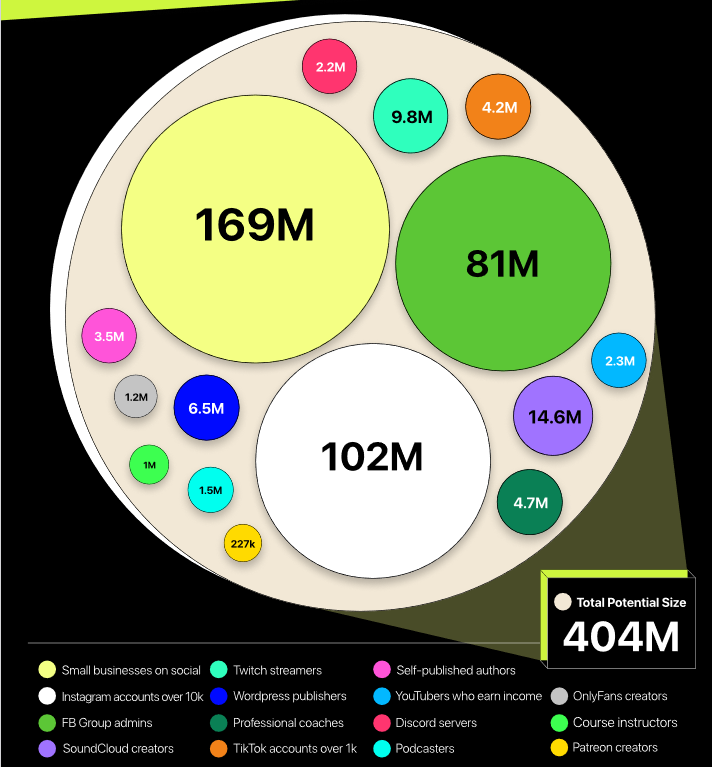
The dark side of the creator economy
For all its razzle-dazzle, the creator economy has a dark side. Many platforms are exploiting creators and many creators aren't seeing returns for their work. The New Yorker called the creator economy "the new gig economy."
Here are some of the sobering statistics showing the problems with the creator economy, including stats from the creator economy report.
93% of creators say it’s had a negative impact on their lives.
65% feel overworked and/or underpaid.
Only 35% say their earnings are appropriate for the time they're spending.
Most creators say they don't have more time or energy to invest in making it economically viable.
25% of creators doubt they will reach their financial goals.
77% of creators worry about being dependent on a social media platform for their income.
70% say an algorithm change could have "serious effects" on their life.
Only 12% of full-time creators make more than $50,000 (Linktr.ee).
46% of full-time creators make less than $1,000 (Linktr.ee).
68% of part-time creators make less than $1,000 (Linktr.ee).
33% have felt anger and extreme frustration with major social media platforms.
Creator economy size (Infographic)
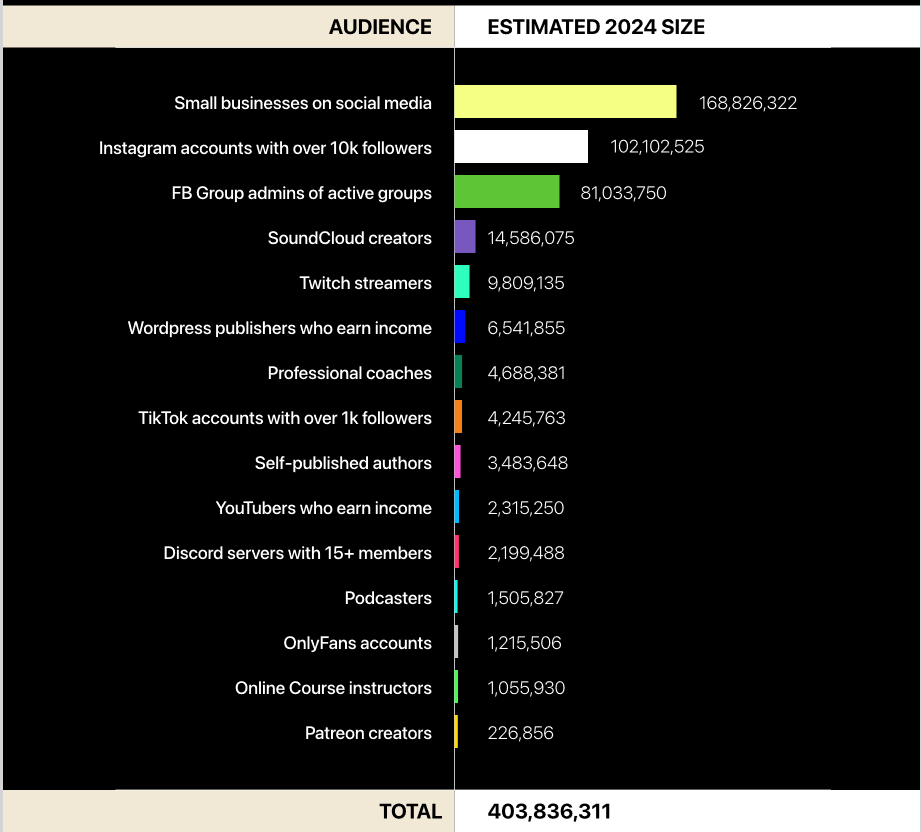
The evolution of the creator economy
There’s not one thing driving the creator economy. Instead, it’s being driven by changes in how we create and consume content, access to new software and media platforms that give more back to the creator, and new ways to make money off your work.
Here are 4 stages in the evolution of the creator economy:
Phase 1: Social media gives rise to creators
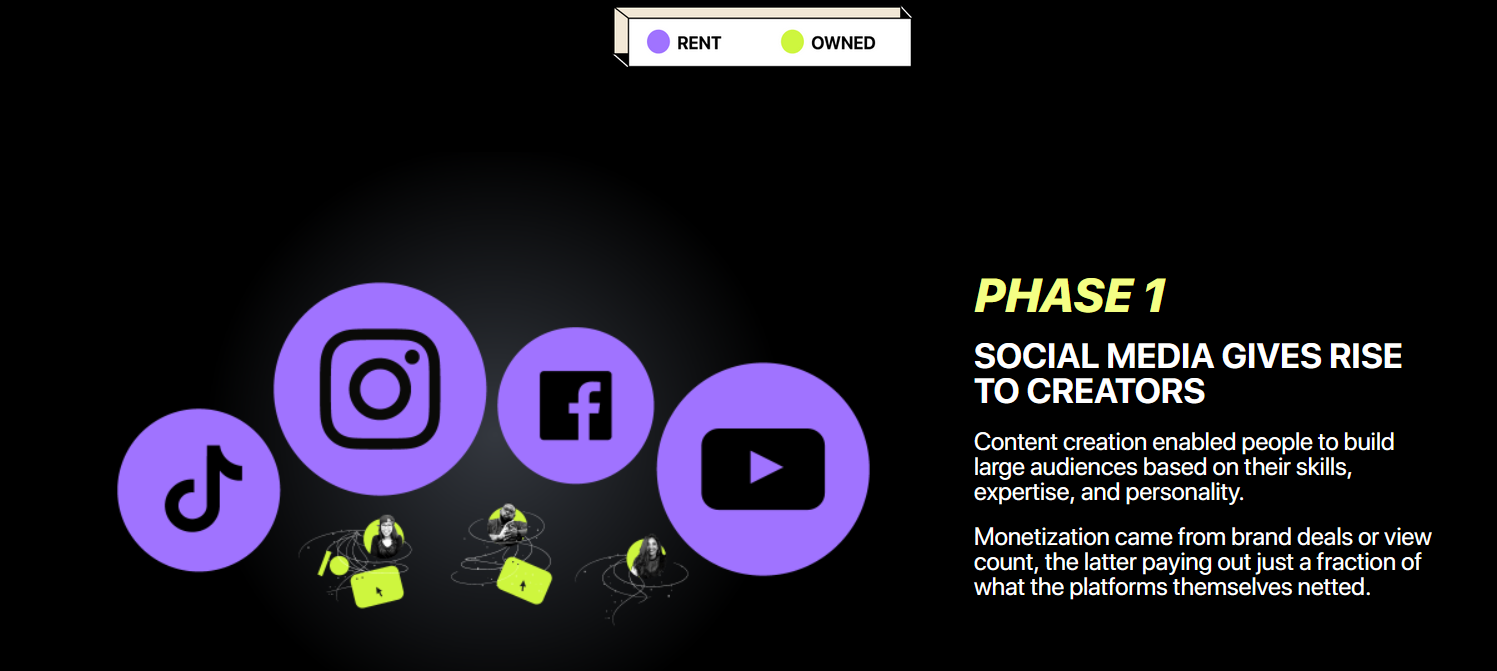
Imagine a creator circa 1990.
Maybe they’re a writer, sending off articles to magazines or book proposals to agents.
Maybe they want to be an actor, and they move to Hollywood to try to break into the movie industry.
Maybe they’re a budding photographer or painter, trying to find an art gallery that will show their work.
Or, maybe they’re a musician, trying to get a demo tape into the hands of a music industry executive.
They face lots of rejection, especially those who don’t look and sound like the gatekeepers thought they should.
Enter the internet.
With the creation of new platforms, creators no longer had to get permission from gatekeepers like publishers or movie execs to get their work out. They could put it out into the world and see if people liked it.
And guess what! People often did!
Things that had no chance of being created by Hollywood or other industries went viral, reaching millions of people and showing the gatekeepers that they were wrong about what people wanted.
BUT Creators owned nothing. Building on others' platforms left them with little to show for it.
Phase 2: Fragmented ownership
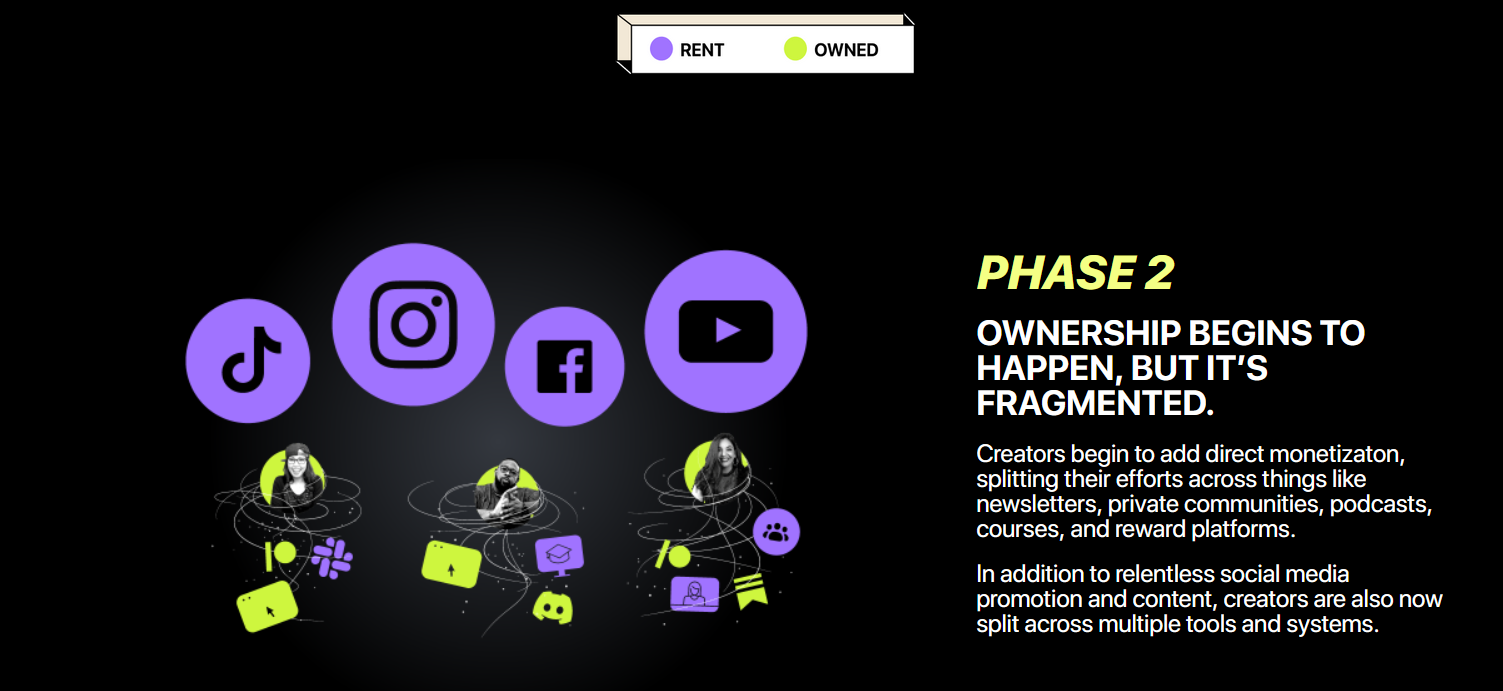
The rise of the internet gave these creators a platform. But it came at a cost.
Web 2 was all about ownership. Especially ownership by big companies. Creators were handed blank social media platforms that they could pour their hearts into filling up with their best stuff.
But after they worked hard to create content and generate a following, they realized that they owned nothing. Their creations often belonged to the platforms, ditto the money generated by their likes and views. Many platforms squeezed every bit of ad revenue they could from the followers and left the creators empty-handed.
And, to add insult to injury, if you were hacked or the platform decided to arbitrarily kick you off, you lost the following you worked so hard to create.
Ahh yes, the joys of creating for social media giants.
But the wind has been changing. And it’s been led by an increase in new platforms that empower creators instead of exploiting them. They give new ways for creators to do the work that matters to them, but let them keep ownership of their work and their audience.
This means that creators can do their thing, and instead of needing millions of likes and follows to earn a living from their work, they can do it with a smaller and devoted audience. (Check out the Creators Calculator to see the difference between earning from an online community vs. the major platforms.)
Phase 3: Creators become owners
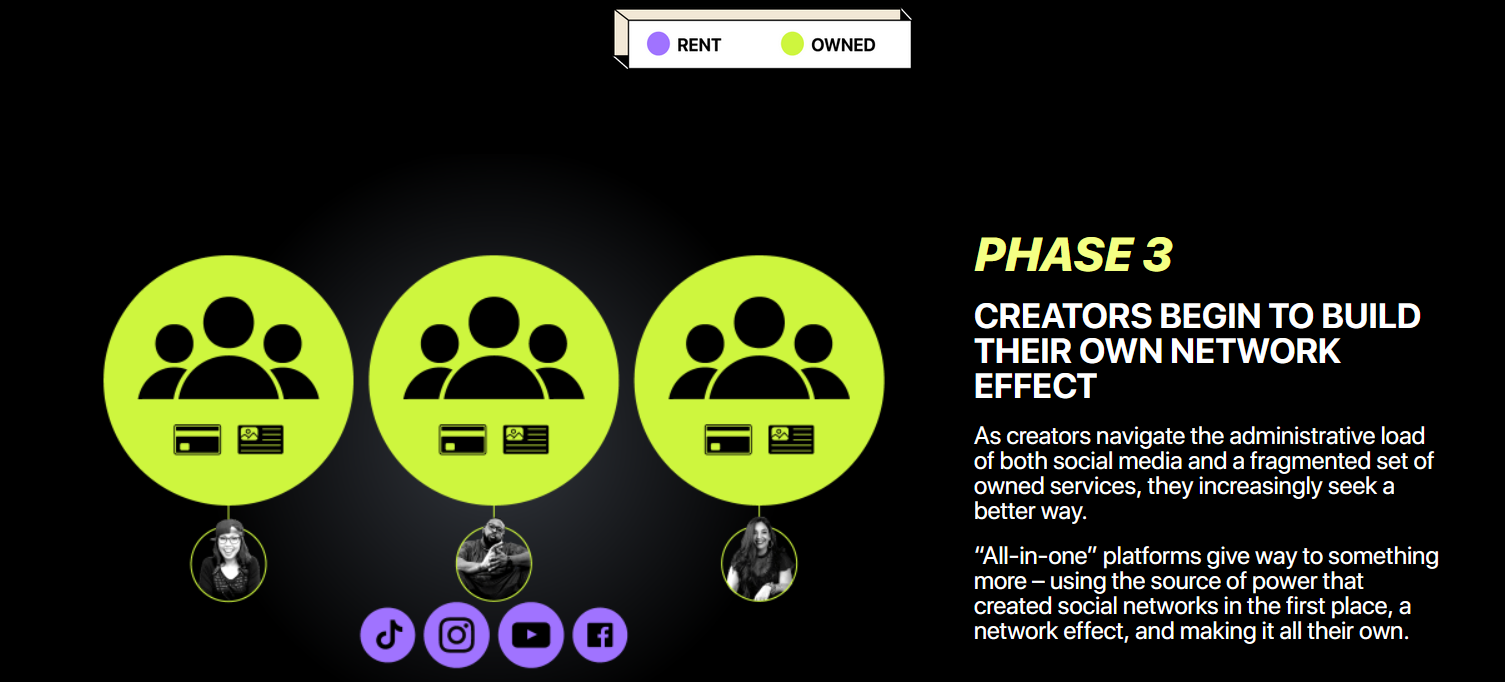
The creator economy is also happening because the ways to make money on the internet are changing.
There were definitely monetization options for creators on Web 2. But many of them were terrible.
Ads required thousands of views to make a few pennies.
Affiliate marketing means you have to hock things you don't believe in.
Not exactly conducive to great work.
And so came the shift: ownership. When creators own their distribution, they can monetize differently.
New platforms mean new ways for creators to make money; for example, by creating an online community or opening a Patreon account or starting a paid newsletter, they can put more in their pocket without having to cater to advertisers or affiliate marketers.
This is changing EVERYTHING, and it’s happening right now.

Creators don’t need to rent their influence to advertisers anymore. They can go straight to the end-user, the viewer, and sell something themselves.
But the change goes deeper than this. Technological advances are also giving creators new ways to monetize. One example of this is the rise of NFTs, which allows a digital fingerprint for creations that makes unique ownership possible.
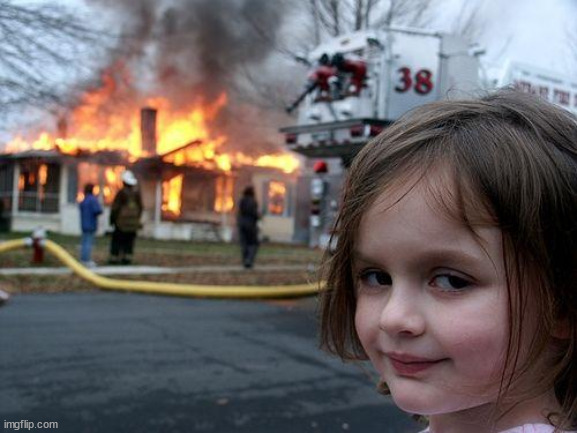
This new tech meant that Zoe Roth,AKA Disaster Girl, could sell the original of a photo taken in 2005 when she was a kid. It’s a shot of her standing in front of a burning building and smiling back at the camera maniacally. The meme had been shared by millions of people, but NFT technology meant that she could still sell the original for $470,000 in 2021.
Of course, the wild valuations of NFTs have come down to earth in the past year, but it doesn't change the fact that the technology behind them is here to stay.
Social tokens are another advance, based in blockchain, that let people hold a digital token that can give the holder certain rights, like access to an influencer, membership in a community, etc.
We’ll talk more about these new monetization options below.
The rise of the member economy
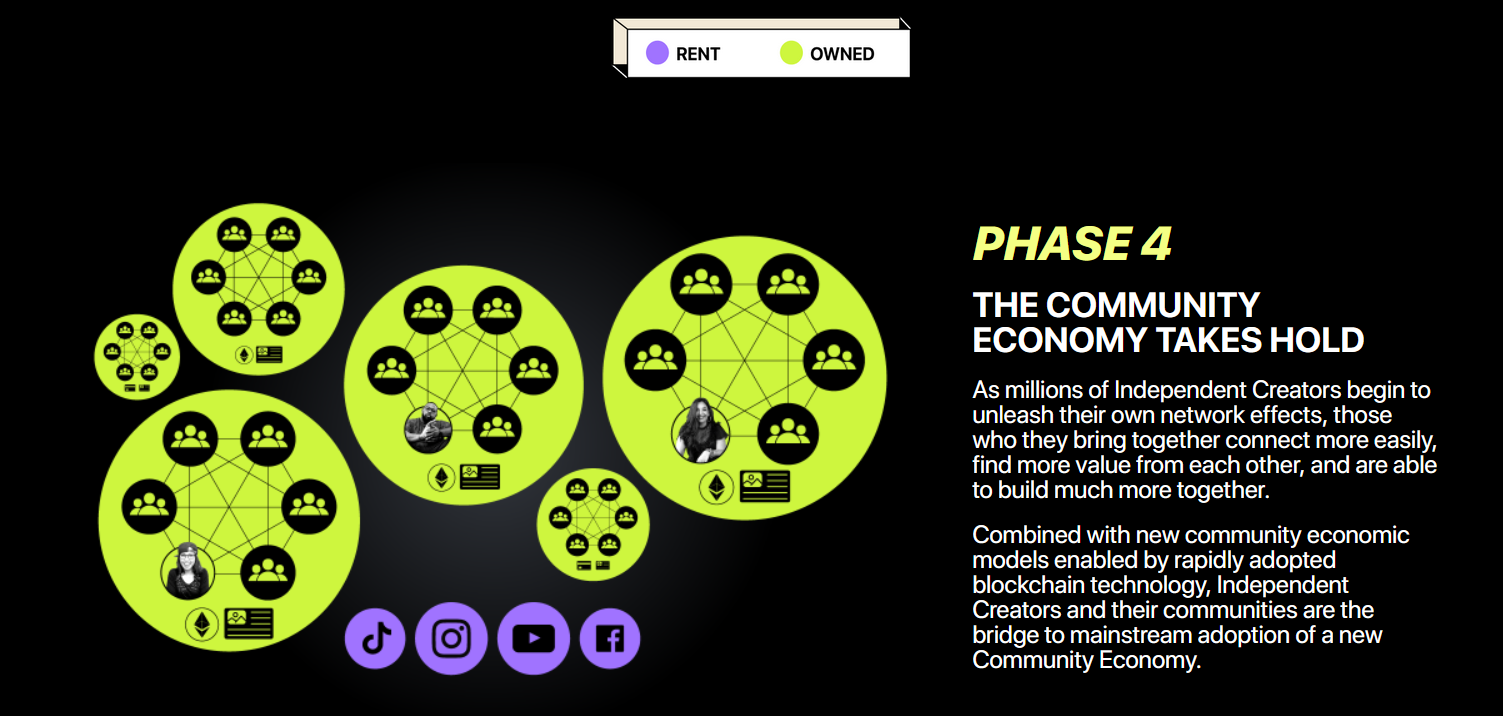
“Make an online course,” “sell an ebook,” the podcasters and bloggers were shouting in 2010. The famous book by Tim Ferriss, The 4-Hour Workweek, had just come out. And in those young days of internet business, many of the influencers were swearing that you just had to pop up a course or e-book and you could earn $10,000 a month in “passive income,” on autopilot, without lifting a finger!
Sounds too good to be true?
Yeah, it was for most people. Very few creators ever saw that kind of money.
But it also turns out that people weren’t just looking for a digital product from the creators they followed. In fact, the fans wanted something a little less transactional and a little more human; they wanted connection.
After they bought the course, they wanted to learn to apply it with the help of the creator and others in the course. Instead of just buying a book from the influencer, they wanted to meet them and ask questions. They wanted access.
Creators could do more than just release content on their own channels and platforms. They could build communities of members.
We're excited about what we're seeing right now. Creators owning their spaces has done more than just shift followers to members. It's also given rise to a whole new economic model that McKinsey has called the "Community flywheel." Community flywheel businesses are thriving, and they're the best way to build a business.
Not only can creators build them, but even legacy companies are recognizing this value and looking to add brand communities to their offerings.
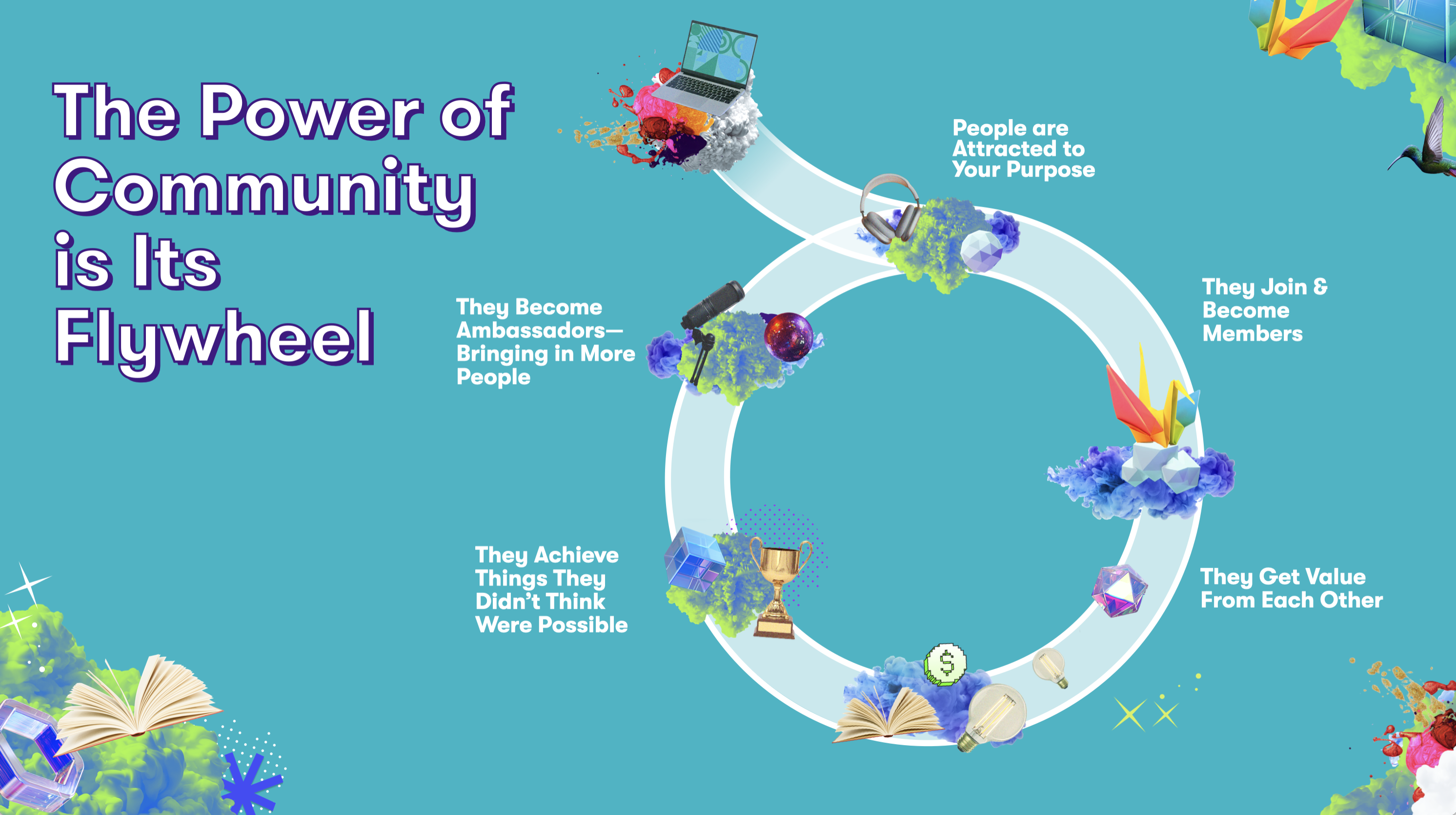
This is why Mighty Networks exists, and why we give creators the tools they need to both monetize their work AND build a community of members.
What makes the creator economy work?
So we talked about the dark side of the creator economy: the creators struggling, burning out, and earning nothing.
But what do we know about the creator economy at its best? When it works for creators, what makes it work?
Ownership
One of the first principles of the creator economy is that creators actually own their own work. No more turning it over to big platforms that can profit from them or delete their audience with the push of a button.
In the new creator economy, creators own their own work.
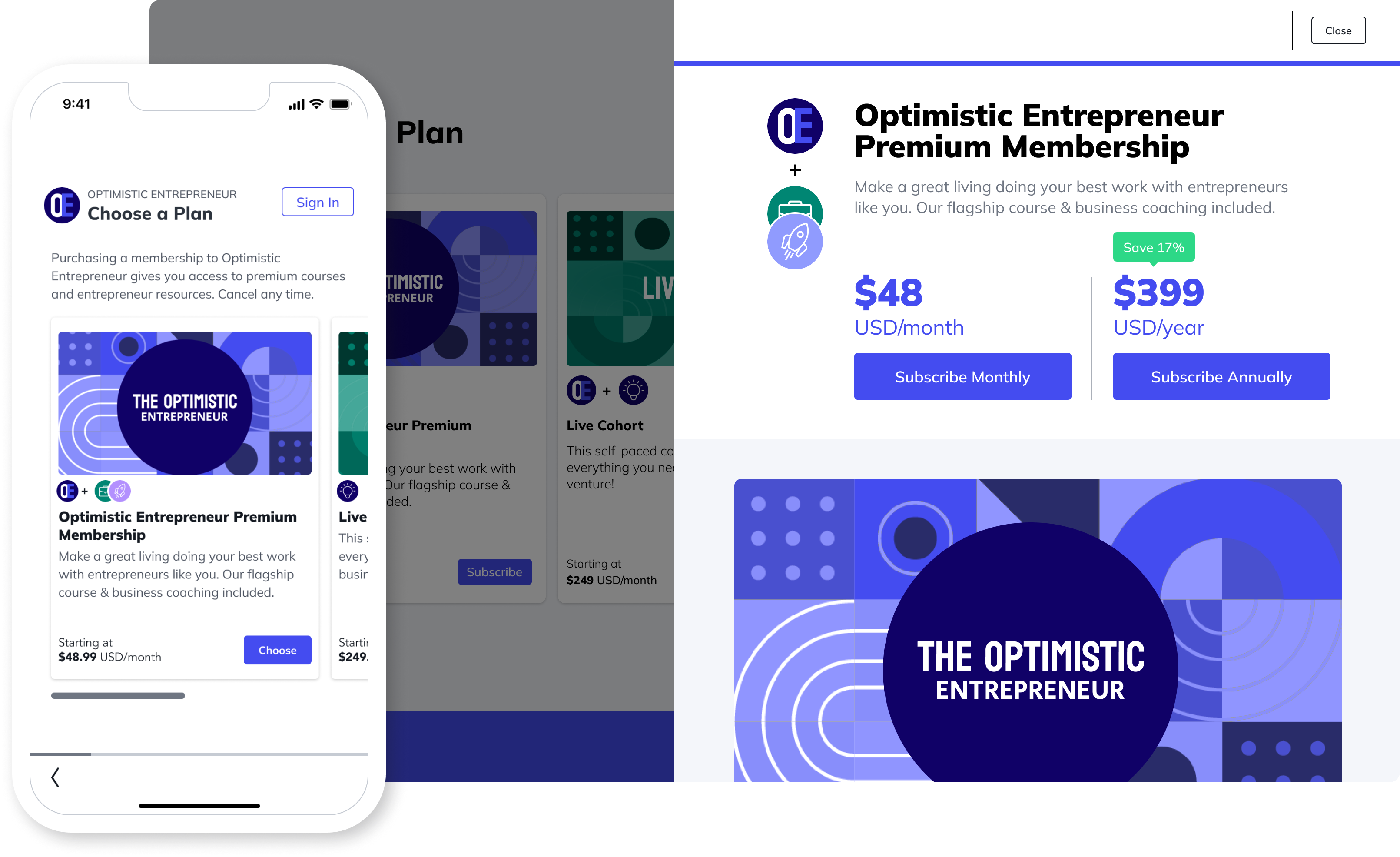
But they also “own” their audiences and their communications with them. AND by owning, they can monetize. More on that in a minute.
In the past, creators had to rush to get people off of social platforms and onto an email list so that you’d actually be able to reach them again if something went wrong with the platform.
While email is still a great tool, it’s being supplemented with a bunch of other tools that let creators control how and when they reach their audience. And unlike on a social media platform of old, they don’t have to pray to the algorithm gods that people in their audience will actually see it.
For example, here on Mighty Networks, Hosts can message all their members, and members actually get notified about new content and offers. This leads to deeper engagement and a stronger community.
Trust
Creators aren’t just creators; they’re also influencers. Sure, they might not feel like an influencer. And they may not have millions of followers.
But if you have an audience of people, no matter how small, that want to hear what you have to say about something, you’re an influencer.
People trust influencers. In fact, over half of the people on the planet bought something an influencer recommended in the last 6 months.
In the early days of monetization, influencers often had to sell that trust through advertising or affiliate marketing. And there wasn’t really anything wrong with that per se, as long as influencers could sell products that related to them and didn’t totally undermine their audience’s trust (we talked about this above).
But, as we’ll see below, creators don’t need third-party ads anymore. They can go straight to their fans and build something that they want and need.
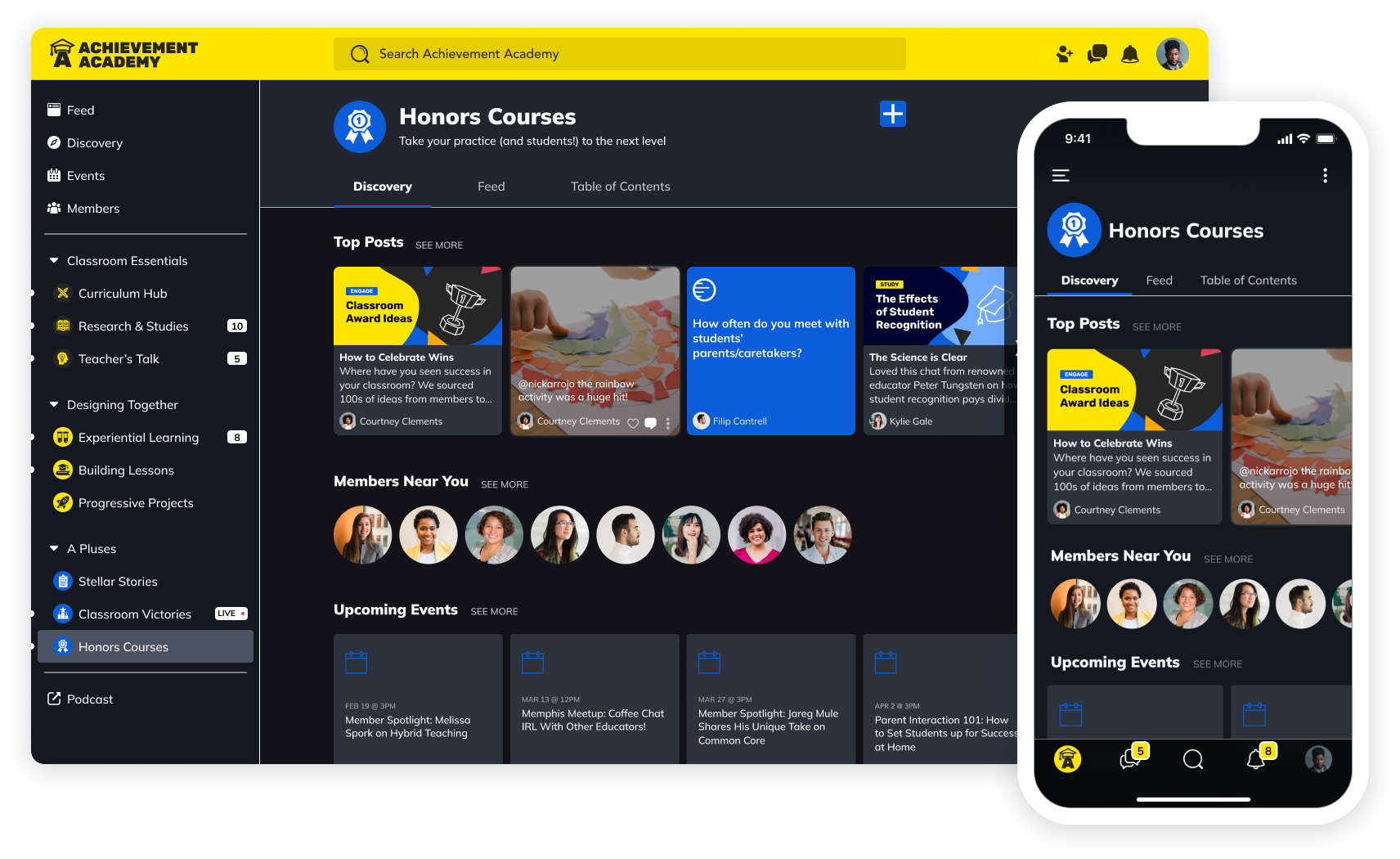
Monetization
The creator economy works by giving creators more ways to monetize their work.
This was (and still is) the problem with how social media offers monetization.
Imagine if you were going to open a store. And then, imagine if someone came to you and said, “go to all the work to create a space, pay rent, decorate, and for every thousand people that come through the door, you’ll get 15 cents.”
Who could possibly make a living off of that?
But that was basically the value proposition of Web 2. It worked for a few select creators who were able to bring millions of eyes to their work, and everyone else was left behind.
The creator economy is changing the way creators run businesses, bringing web business in line with how actual bricks and mortar businesses make money. This could be through the things we mentioned above: NFTs, creator coins, or other direct sales of their creations, products, or merch.
The other game-changer is easier access to recurring revenue through membership sites that let creators find members who pay monthly. This gives one more option to create lasting, predictable, revenue for the creator.
The creator economy is about actually giving creators a much bigger piece (or all of) the pie.
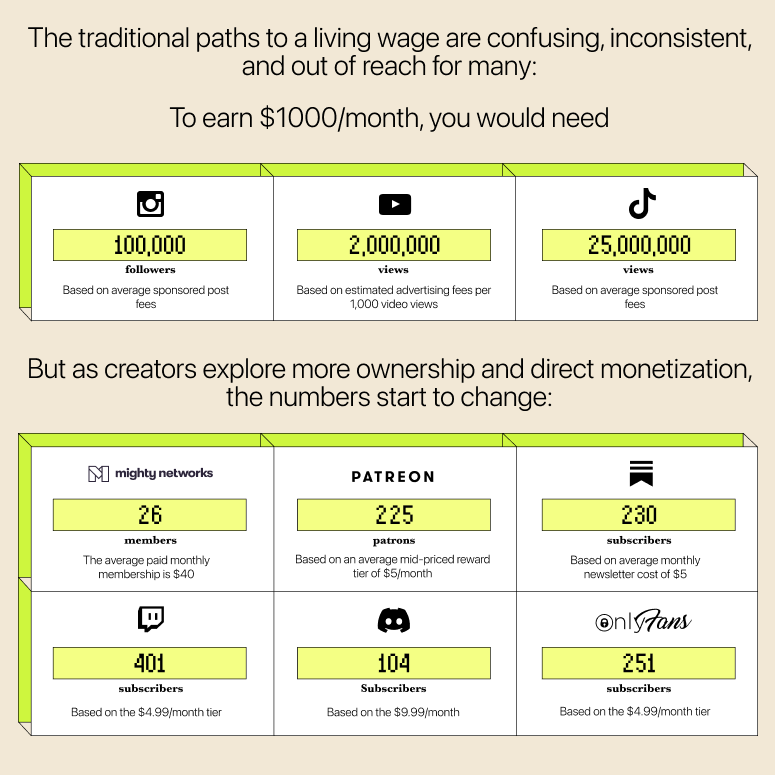
Impact vs. Scale
The old web economy worked off of sheer scale; you could earn a living from your work if you could reach millions. The new creator economy is much more about depth.
Above, we talked about the value of community and relationships.
And that’s just it. The creator economy is about forming deep relationships with fewer customers and getting paid what you’re worth to help them with a transformation or to have them enjoy your creations. And that means that you can earn a living from a few dozen to a few hundred people.
In community terms, we call these your Ideal Members. The people who most care about what you have to offer and want to go on a journey with you.
And a handful of Ideal Members can do more for your success than thousands of followers.
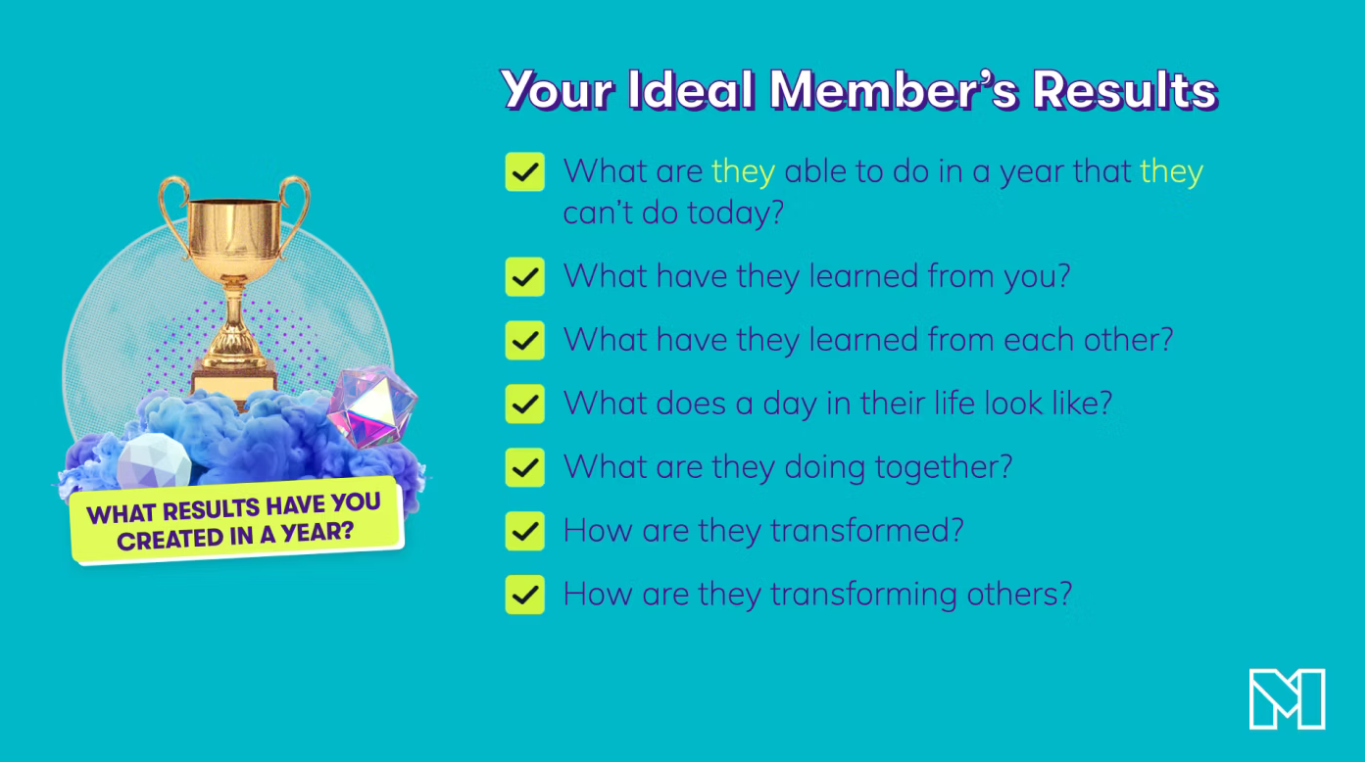
This frees creators up to do what they do best and perfect their craft, instead of being on the attention treadmill duking it out with other creators for the eyes of their followers.
Automation
The creator economy is also thriving because of automation. Creators can use software and even AI to automate everything from scheduling to bookkeeping to some parts of course delivery and content (to supplement rather than replace a thriving community).
While small businesses would once require a team to do social media marketing, respond to emails, and schedule appointments, now automation software makes it possible to do most of this work. This means that even more profit gets into the pocket of the creator.
If you want to see some cool automation in action, try our community name generator! We use ChatGPT-4 to not only generate a name, but an entire online community!
Try Our Community Name Generator
Our AI engine is here to help you create a community name that feels like magic. Just share a few words about who your community is for and we’ll get to work.
Examples: coaching clients, meditation novices, vegan chefs, dog lovers, aspiring entrepreneurs, etc.
The names generated by Mighty Co-Host™ are examples only and may be used by other businesses or subject to third-party rights. For more information, check our Terms
Access to experts
The web has created easy access to experts for hire. Even if a creator is a solopreneur, operating as a single-person business, sooner or later they will probably need to hire a contractor to do something for them.
Platforms like Upwork make it easier than ever to find people with specialties in everything from international business law to digital marketing, meaning that the creator can have expertise on their side when they need it, for a reasonable cost.
Building teams
Not all creators stay solopreneurs. In fact, many will build digital businesses around themselves and their work that make millions each year. This is a radical shift in the history of the company (AKA “the firm”). In the past, companies were almost always built around shared ideas or a neutral third-party brand.
Not anymore.
Some creators are choosing to become big businesses. And, as they grow, many of them discover the need to build a team around them. This might require social media marketers, sales people, production workers like video editors, videographers, or photographers, and others to manage events and a schedule.
In fact, businesses built around a single creator and their brand can end up looking a lot like traditional businesses, with many of the same moving parts. The difference is, it's a person-centered brand.
If you want to know more about how the creator economy works, we did the largest study of creators EVER. Check out the Creator Manifesto!
Creator economy platforms
There’s no denying that a big part of the revolution driving the creator economy is about tech, especially software and creator economy platforms. We talked a bit about this above. A whole suite of new content creator platforms are making it possible for creators to build and keep audiences and to monetize their work.
In this section, we’re going to list some of the pieces of software or platforms that are making it possible for creators to build their businesses.
It's important to recognize that not all these platforms are created equal. Some of them (influencer and affiliate marketing) work on the old monetization model, but are still considered by many to be part of the creator economy.
(Note that you don’t need all of these! You can build a creator business just on one or two of them.)
Influencer marketing platforms
These are platforms that help connect influencers and brands for sponsored posts and campaigns.
Examples of influencer marketing platforms include:
CreatorIQ
Aspire
IZEA
Captiv8
Mediakix
For example, the platform Aspire connects influencers to brands that need exposure.
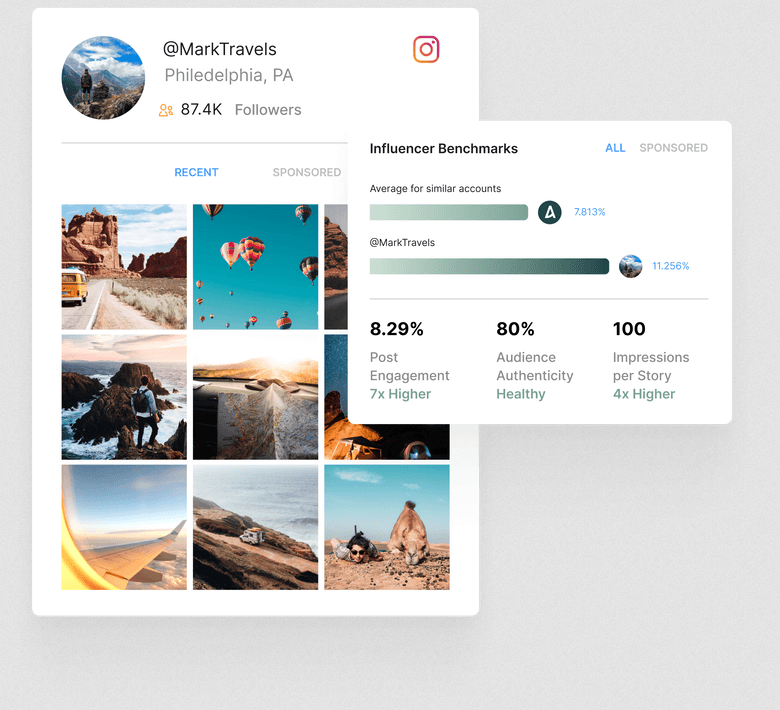
Affiliate marketing platforms
These are platforms creators can use to find brands and products to promote, usually receiving a commission per sale.
Examples of affiliate marketing platforms include:
Amazon Associates
Rakuten
Impact affiliate network
eBay partner network
For example, the Impact affiliate network contains hundreds of brands, and takes care of affiliate links and tracking.
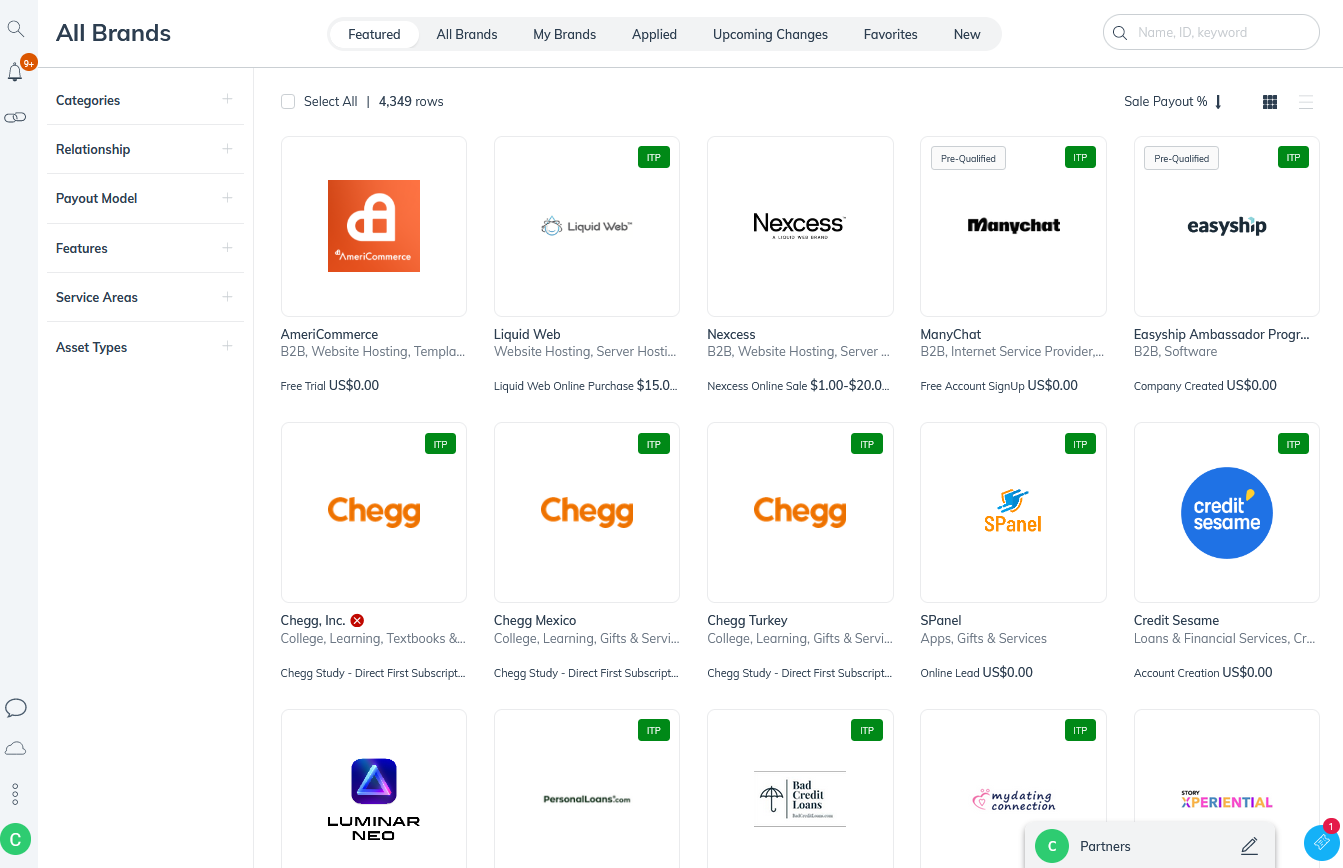
Direct monetization platforms
These platforms let creators go straight to their audience to collect revenue and support, in some cases on a recurring basis.
Examples of direct monetization platforms include:
Buy Me a Coffee
Cameo
For example, Patreon can help creators collect support from patrons.
Crowdfunding platforms
Crowdfunding platforms aren’t totally different from the direct monetization platforms above but are usually used to raise a specific amount of money for something over a set period of time. Creators use crowdfunding platforms to launch products or to raise money for a cause they care about.
Examples of crowdfunding platforms include:
Indiegogo
GoFundMe
Kickstarter
Kickstarter has been used to raise money to launch a ton of both physical and digital products.

Course and community platforms
This is where we come in! Creating a course or online community is a fantastic way for creators to earn what they’re worth–packing more dollars per member than any other social media platform. And we’ve seen the value of both of these together, creating an awesome course and building a community around it.
Examples of course and community platforms include:
Coaching platforms
These platforms let creators sell many different forms of coaching. Whether you want to do 1:1 coaching, build a community for group coaching or set up a network of industry leaders or entrepreneurs for a mastermind group, these platforms will help.
Examples of coaching platforms:
Satori
NudgeCoach
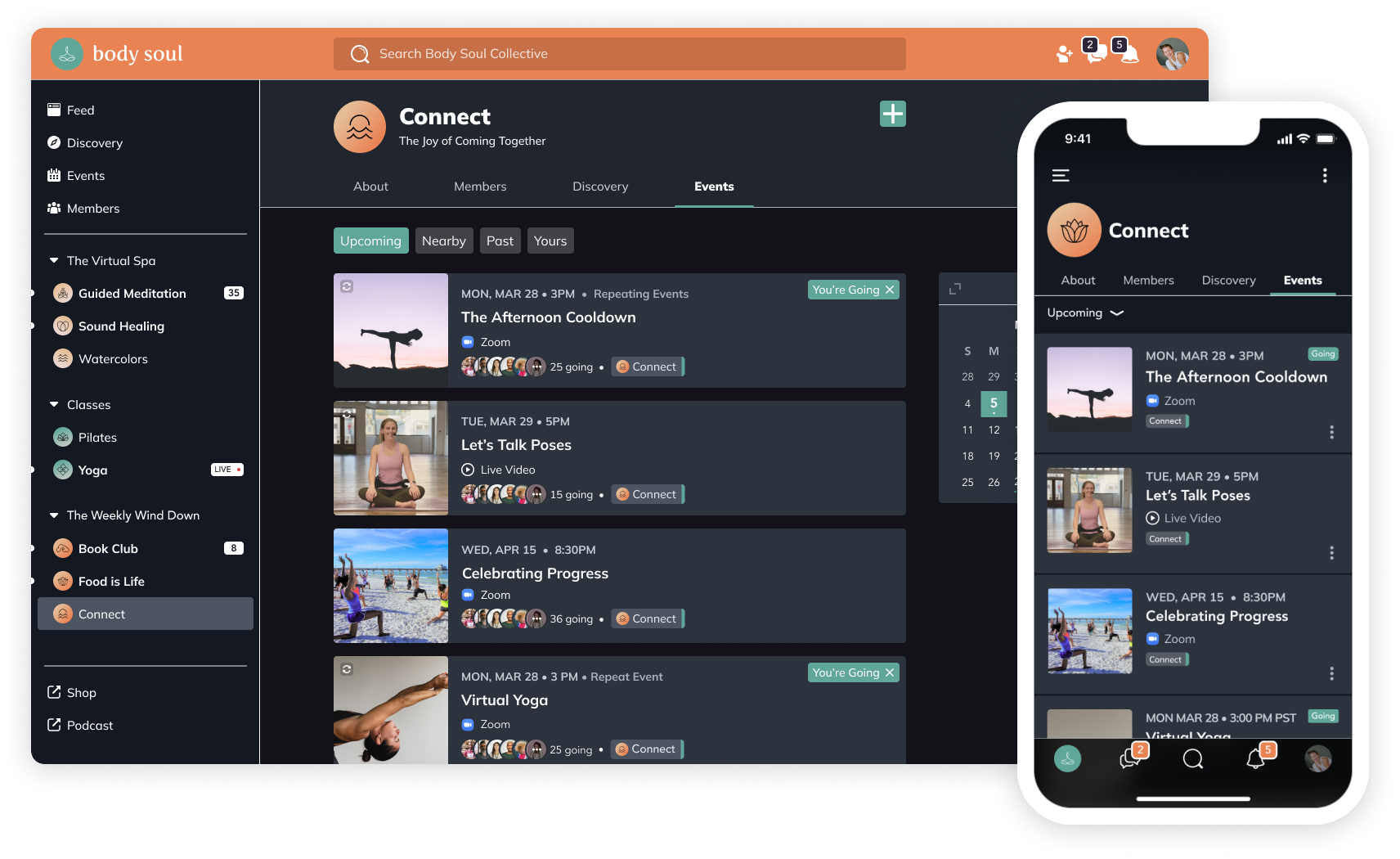
Newsletter platforms
A newsletter platform lets you create and sell a regular email newsletter and build your email list. (Try our newsletter name generator here.)
Examples of newsletter platforms include:
ConvertKit
MailerLite
ConvertKit lets you build landing pages and grow your email list, create automations, sort subscribers, and more.
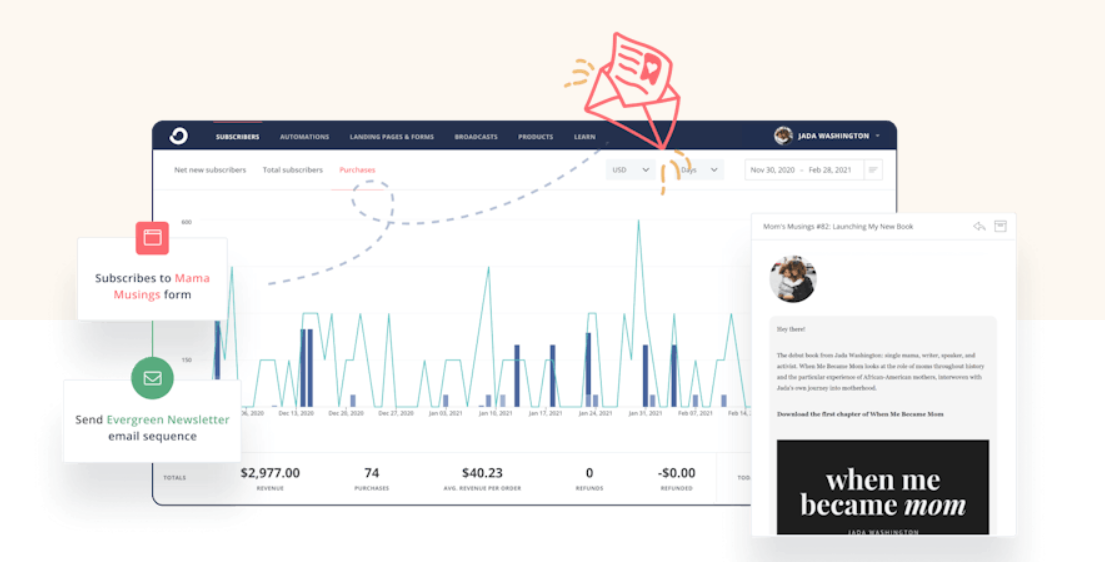
Webinar and live-training platforms
These platforms let you sell webinars and/or live training.
Examples of webinar and live-training platforms include:
Zoom
EasyWebinar
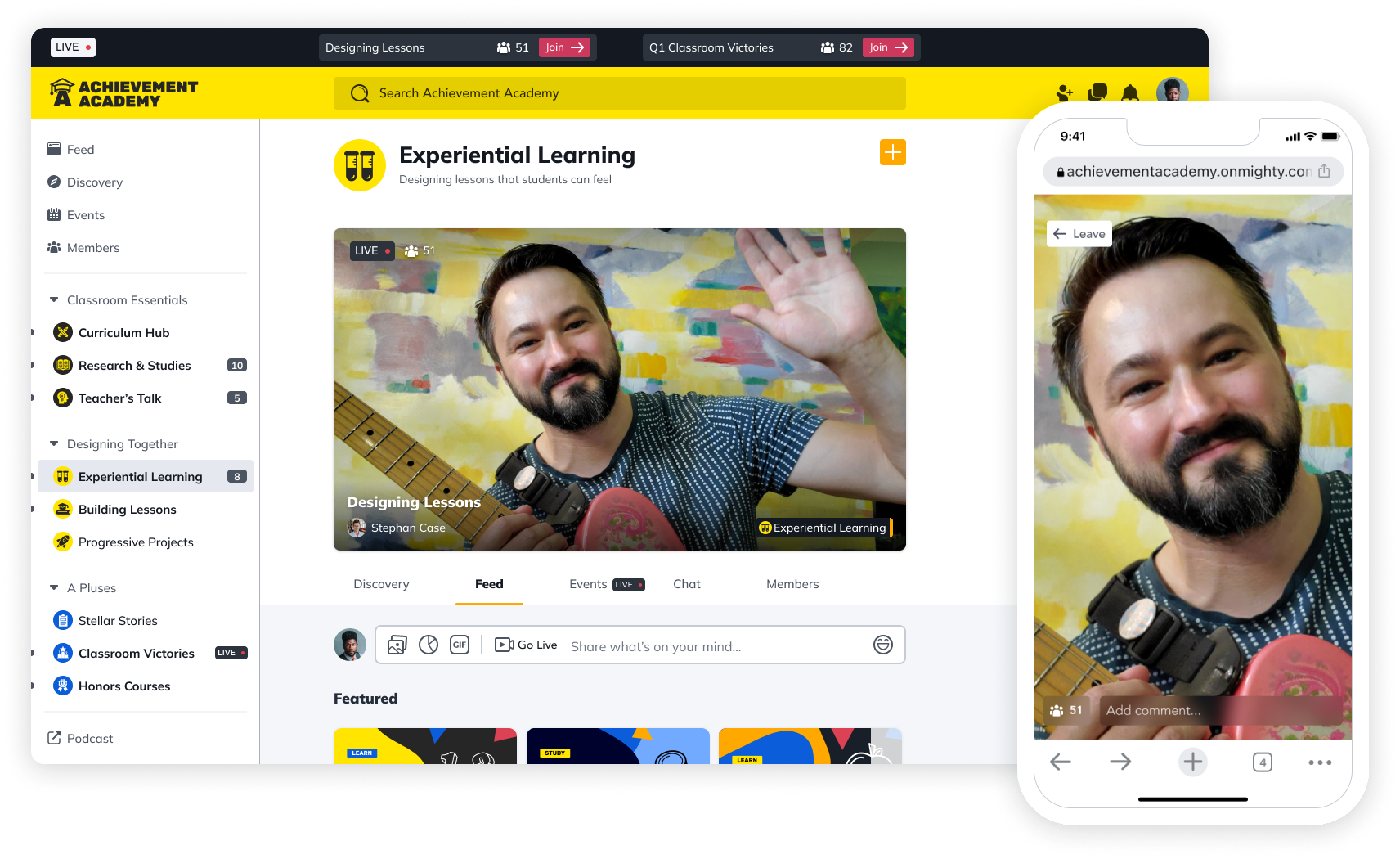
Platforms for selling products or merch
The creator economy isn’t limited to digital products. There are lots of dedicated platforms that give creators ways to sell physical products and merch, and these are also working their way onto traditional social media platforms through social commerce.
Platforms for selling products or merchandise include:
Fanjoy
Shopify (software for making stores)
TeeSpring
For example, Etsy can turn your creations into online sales.
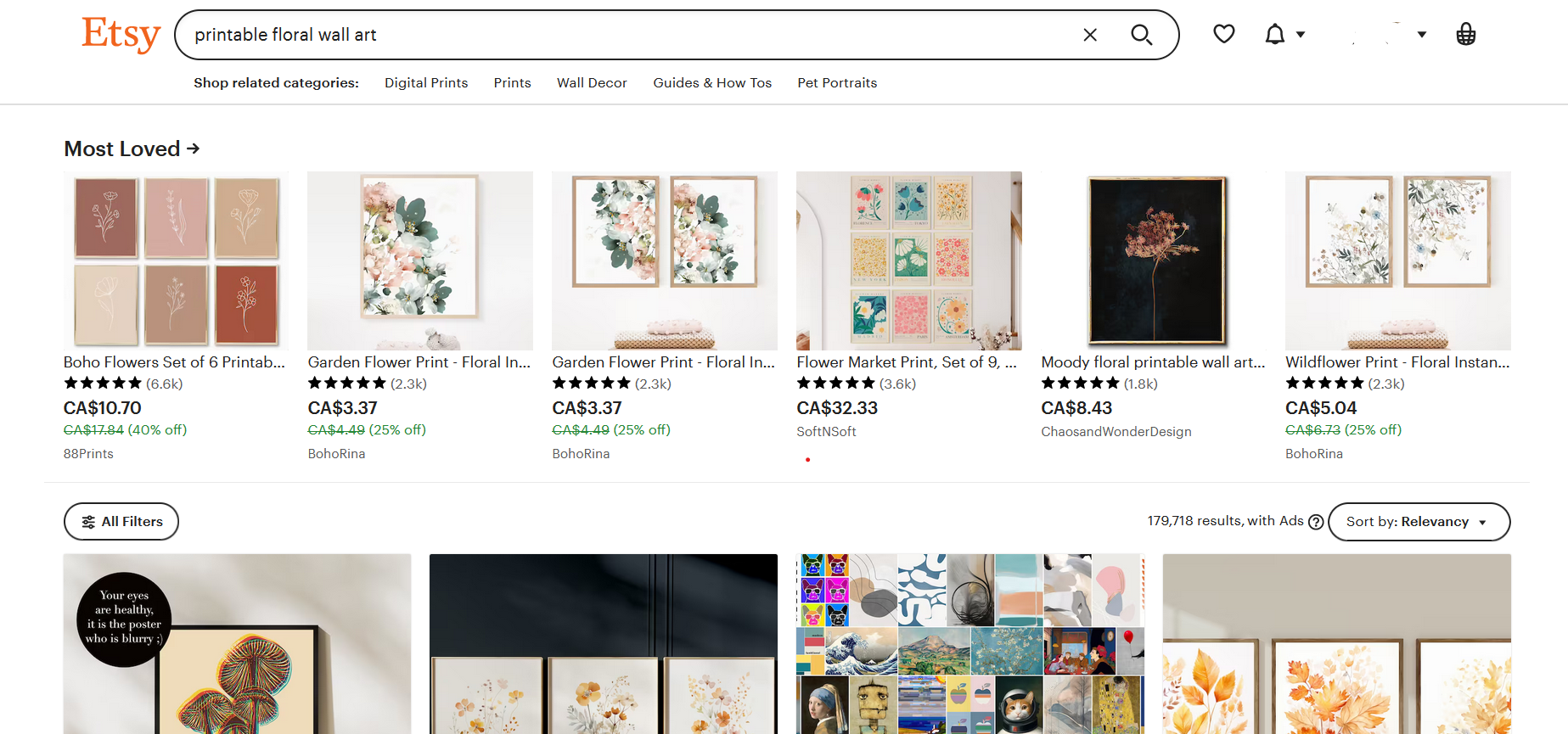
NFT and creator coin platforms
If you want to mint your own NFT or social token, there are more and more options for this.
Examples of NFT and creator coin platforms:
Enjin
OpenSea
Rally
OpenSea is a platform for selling NFTs.

Traditional social media platforms
Whether they’re doing it for good or for fear of being left behind, some social media platforms have jumped on the bandwagon and are giving their creators ways to monetize without leaving the platform.
Traditional social media platforms that are helping creators monetize include:
YouTube
Medium
Facebook Shops
Examples of the creator economy at its best
Wealth Builder’s Community - Ashley Fox
After graduating from Howard University and working on Wall Street, Ashley Fox was making amazing money. But she was unhappy.
“I felt like I had hit a ceiling,” she says. “I did everything I could to work on Wall Street, but I wasn’t fulfilled.”
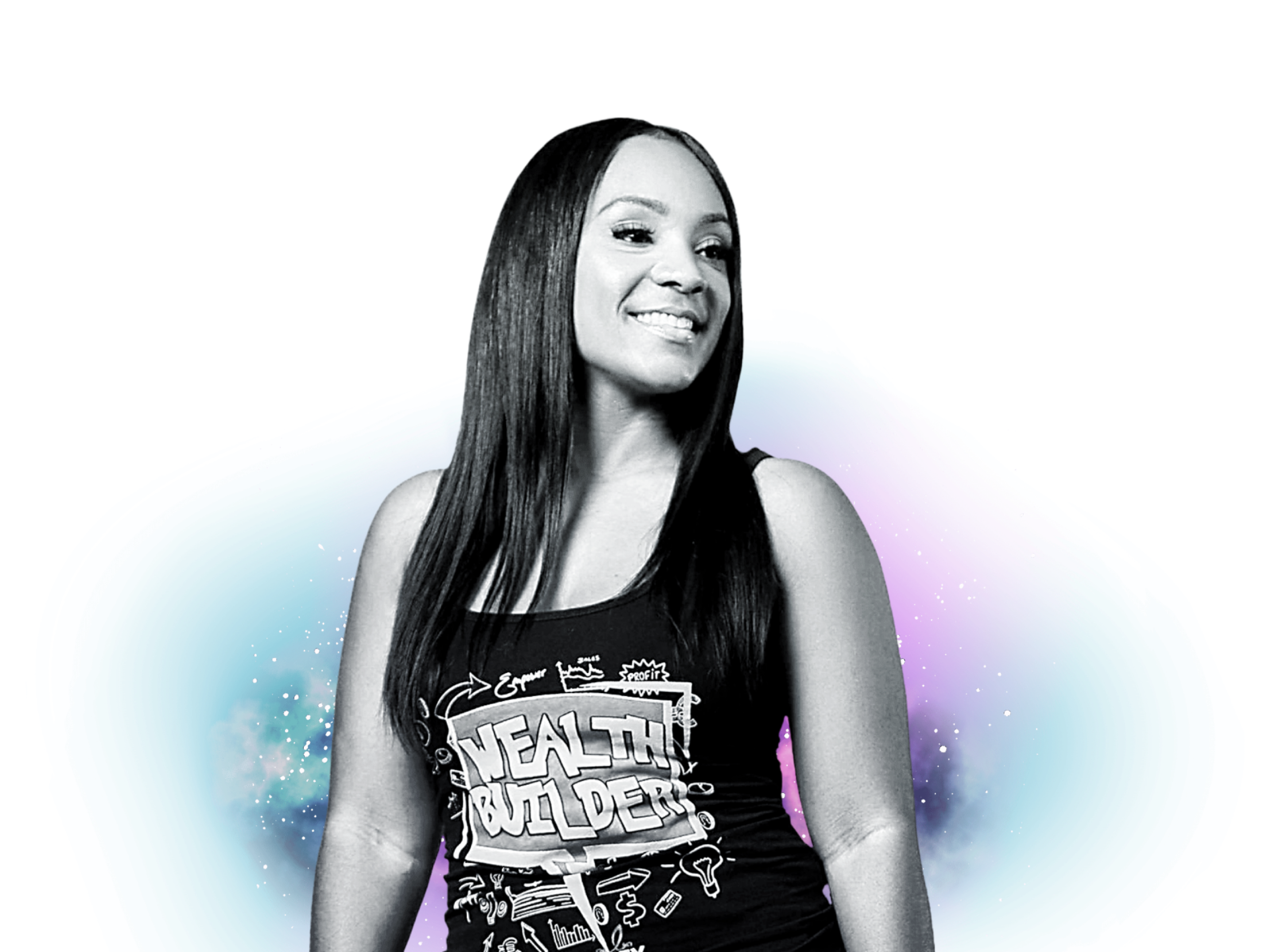
That took her on a journey that led her to help financially empower the people Wall Street wouldn’t talk to. She launched Empify, which has since delivered financial education to 20,000 people around the world. And last year she launched a Wealth Builder’s Community right here on Mighty Networks.
Outwild Hub - Courtney Sanford
Courtney Sanford loves the outdoors. When she found herself packing up her Subaru, making treks in search of adventure from her Seattle home base, she realized she had stumbled across a practice of travel and adventure that would stay with her. She shared her story on the Adventurepreneur podcast. Together with its cohosts, she started a retreat they called Outwild, that brought people together to create a value-driven life and enjoy lots of time outside.

So they created Outwild Hub, a digital space that celebrated life in the physical world and taught people how to create a lifestyle around the outdoors. The community is free to join, and there’s a premium membership priced at $150 a year, which includes access to monthly speaker and workshop series, early registration for in-person events, and more.
BuJo U - Ryder Carroll
After struggling with ADD from a young age, Ryder Carroll struggled to find resources that helped him focus. He would eventually discover his own system that changed how he organized: bullet journaling.

Bullet journalling grew quickly and helped a bunch of people, but Ryder was finding it harder and harder to connect with the people who were having their lives transformed by it. He launched a paid community that, for $5 a month, helps fellow bullet journalers connect and learn.
6. How to join the creator economy
So you understand the why and the how of the creator economy. But the real question is, what could you build if given the chance? How will you join the creator economy?
Don't get intimidated by the possibilities. You only need to choose one thing to do well. So let’s start here.
Step 1: Choose what you love
It’s a bit cliche, but your jump into the creator economy needs to start with passion.
What is it that you’re passionate enough about to create content on a regular basis?
What would you love to bring people together for?
What do you want to be known for?
This is your “niche.” It’s your expertise and knowledge, or the people who share your interests. If you can identify what it is you would love to create content around, that’s the first step.
The good news is that you can create content around almost anything and find an audience. Whether the thing you love is Norwegian death metal, pictures of lighthouses, or the newest ethically-sourced fashion, you can find people who want to hear about that thing.
The first step is to figure out what you actually love to create.
Step 2: Choose how to serve your audience

Why will people join you or listen to what you have to say? Is it because they will learn something valuable they need to know? Will they be uplifted by your art? Will you make them laugh, or just distract them from life for a while? Will they finally find people who care about what they care about?
It’s important to think about why people are going to what you create.
We like to use what we call a “Big Purpose Statement” to capture numbers 1 and 2, and we baked it into our Community Design™ process.
Step 3: Choose how to create and deliver?
Let us save you some time. You can’t be everywhere, on every social media platform. You can’t do it all.
So be selective about where you create and deliver your content. Ironically, by doing less and focusing, you’ll end up doing a lot more.
We’d put in a plug here for spending your time creating content and a community on a platform that actually lets you make a living off of an audience of even 20 or 30 dedicated fans. That’s what a Mighty Network is all about.
Step 5: Choose how will you get paid
Of all the ways to earn a living in the creator economy, try choosing one or two monetized platforms at the most. Much like content creation, you can’t be everywhere. It’s important to choose a platform that lets you get started and can grow with you.
While there are a million other relevant questions, these 4 are a really good starting point. Forget about business plans and needing to have every single duck in a row. Too many people can spend all their time planning and never get started.
Try our Community Design™process to get clear on what you need. Then start!
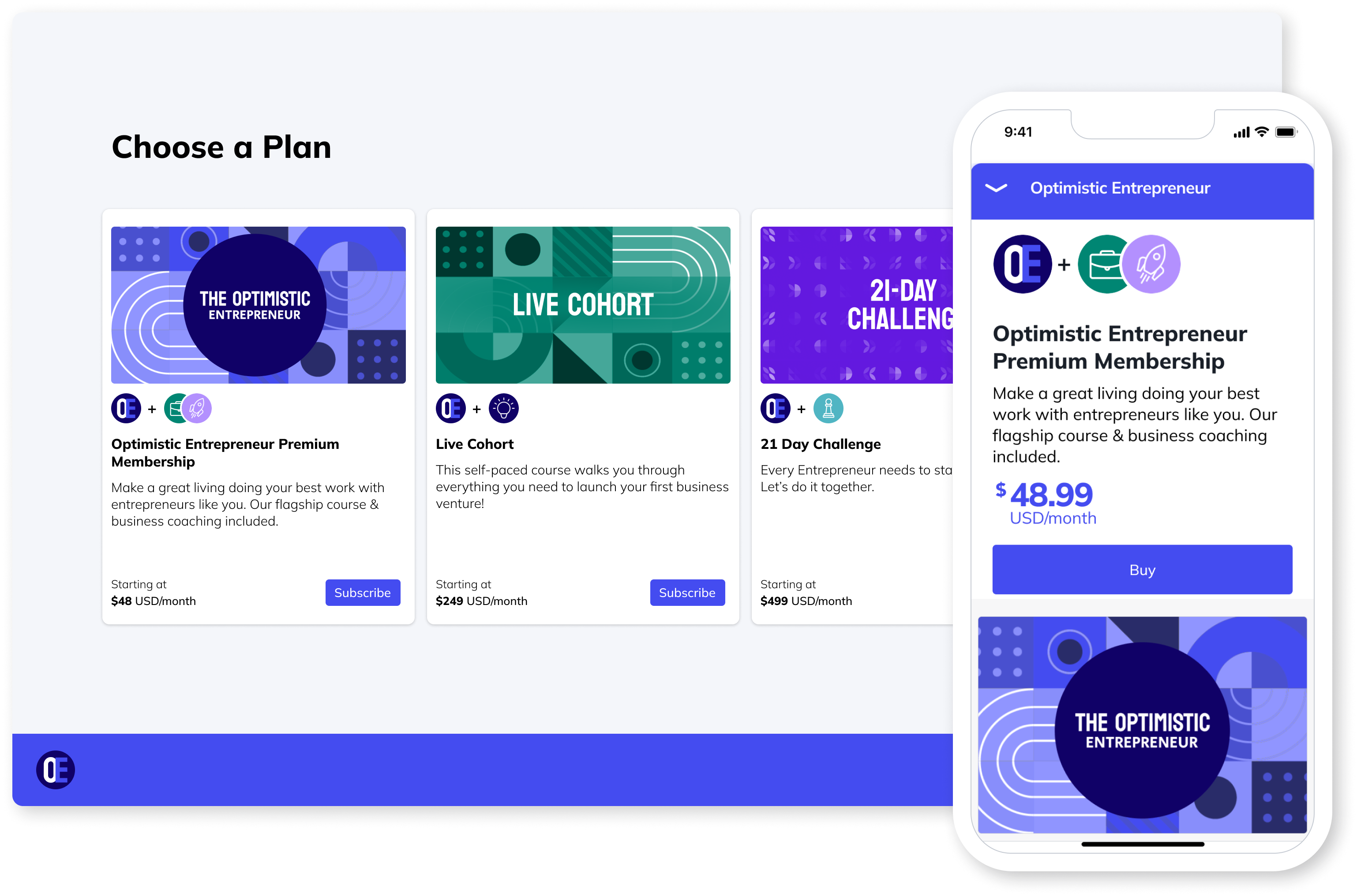
Step 6: Keep evolving
The idea you start with might not be the thing you end up with. Give yourself permission to adapt and grow as you evolve on your journey to becoming a master creator. It’s okay. Learn by doing, lean into what works, and step away from what doesn’t.
It’s all part of the journey. Get started and adapt as you grow.
Conclusion
We hope this ultimate guide to the creator economy gives you all the info you need, not only to understand the creator economy, but to join it! There’s never been a better time for creators to earn a living off what they love.
So here’s to you and the beautiful journey you’re on!
And if you want to join the creator economy, come build with Mighty! We bring content, courses, community, and content together on a platform YOU own that your members will love.
You can try it free for 14 days. No credit card required.
Ready to start building your online course and community?
Ready to start building your community?
Start a free 14-day trial to explore Mighty—no credit card required.
More like this
Join Mighty Community
Learn the principles of Community Design™ (and see them in action) alongside thousands of creators and entrepreneurs. It's free to join!
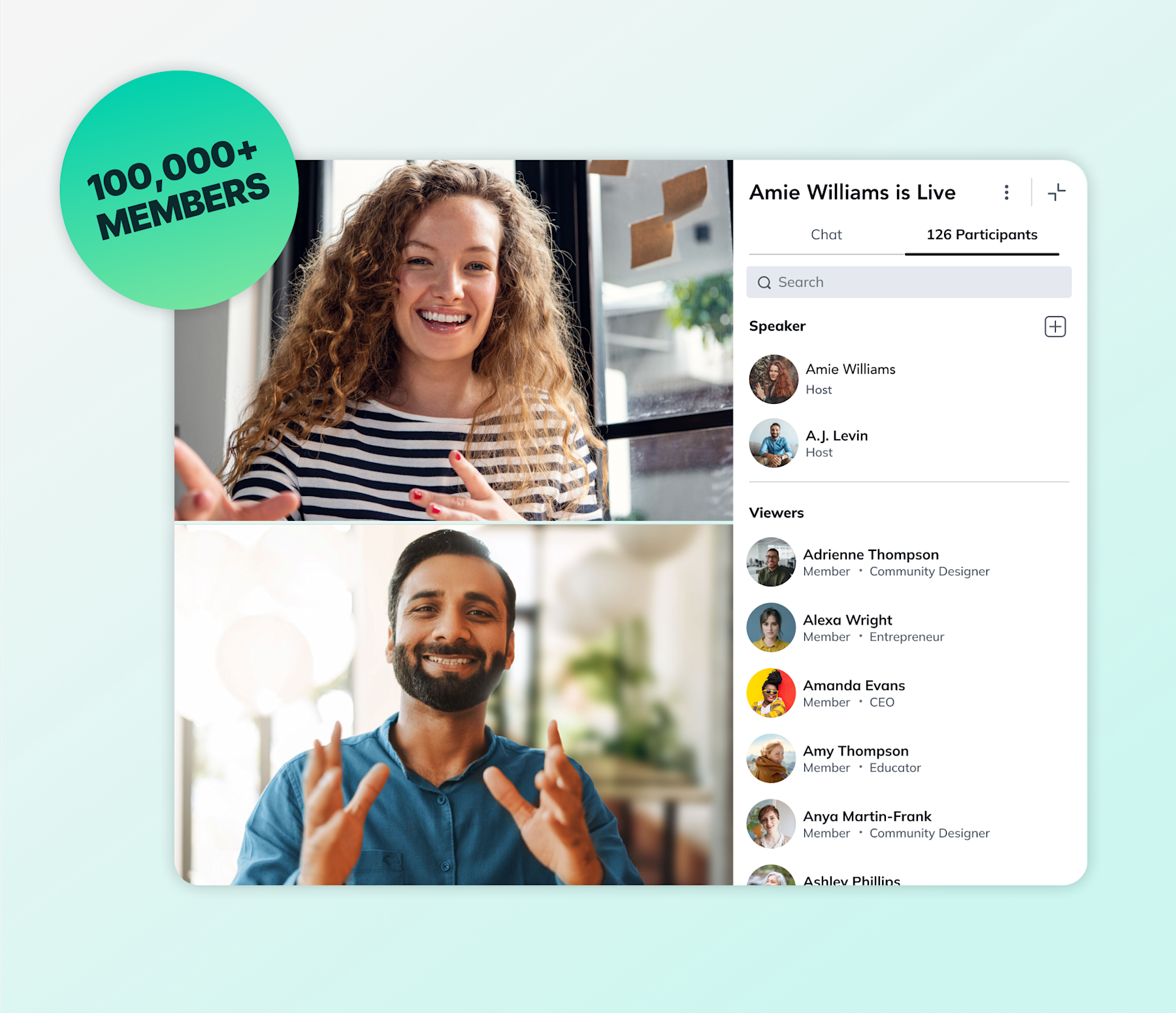
Online Courses
Creating a Course
Teaching a Course
Course Platforms
Selling a Course
Communities & Memberships
Community Platforms
Managing a Community
Building a Community
Growing a Community
Monetizing a Community
Content Creation
Creators & Entrepreneurs
Monetization
Content Creation
Starting a Business
Website Builders
Creating & Managing a Website
Events
Event Platforms
Hosting & Marketing Events
Branded Apps
Creating a Mobile App
Coaching Apps
Community Apps
Coaching
Mastermind Groups
Starting a Coaching Business
Coaching Platforms
Filter by Category
Online Courses
Communities & Memberships
Creators & Entrepreneurs
Events
Branded Apps
Coaching
Build a $1 Million Community
This free masterclass went viral—sign up to learn why.
